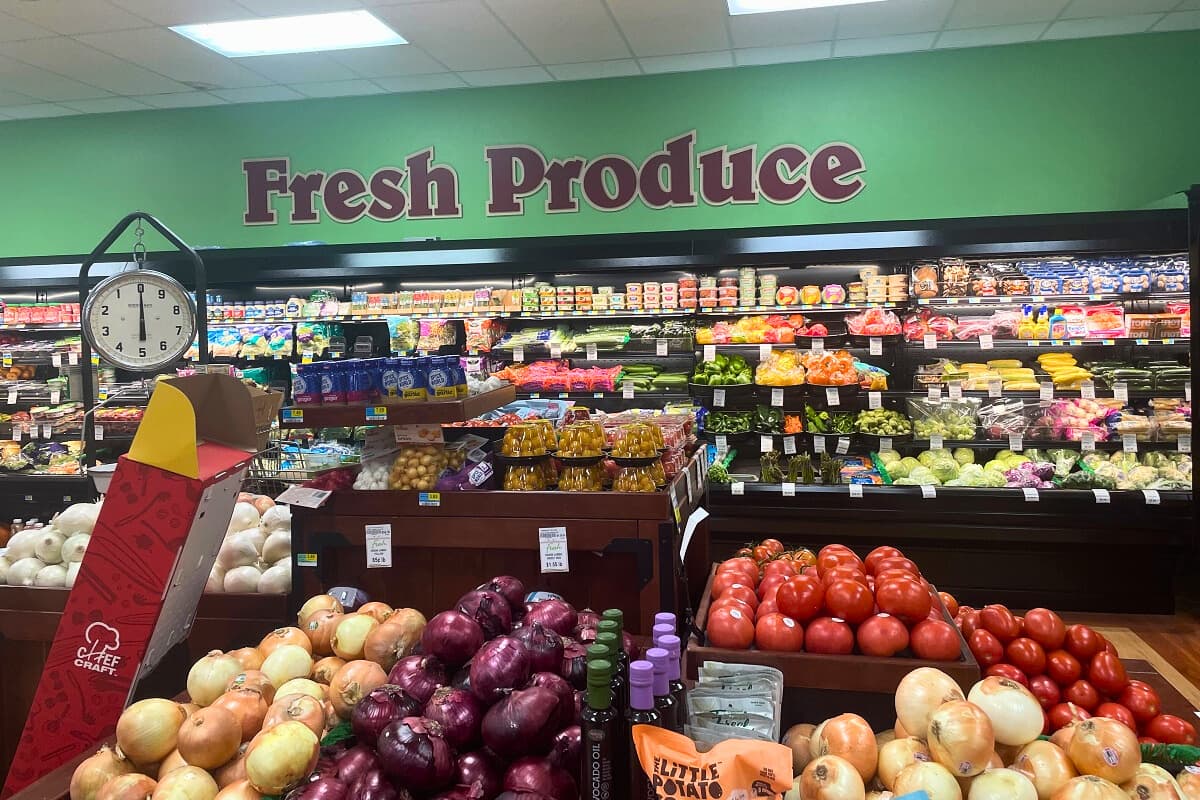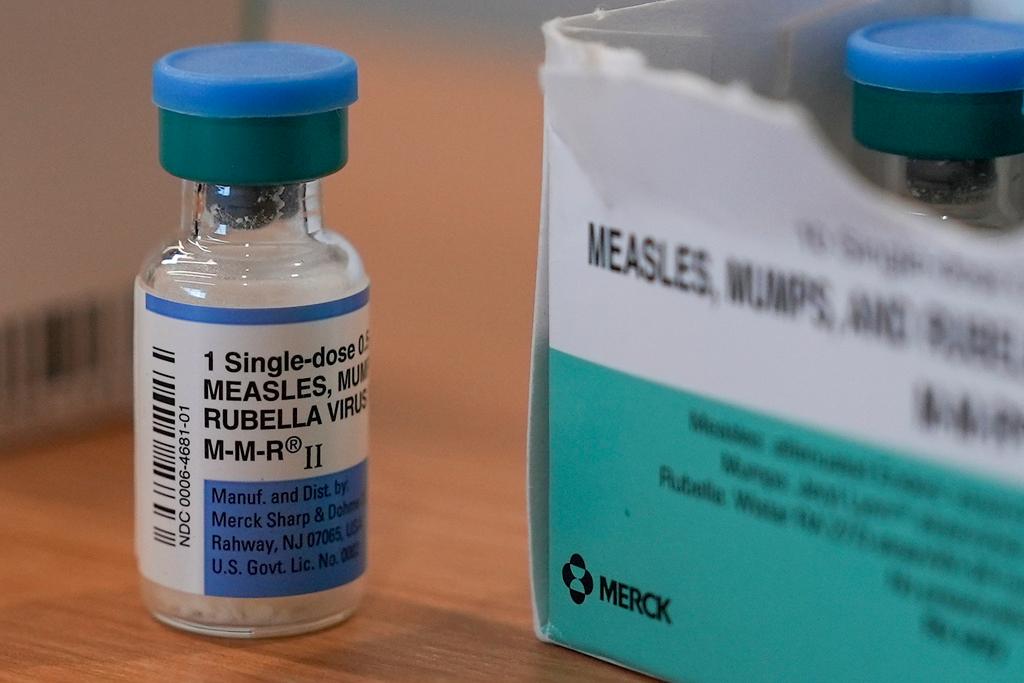
This is a part of an occasional series looking at aspects of Colorado’s faltering economy.
Joseph Macias stares at a folded receipt from a trip to a King Soopers grocery store.
“I don't know how I spent over a hundred bucks,” Macias sighed.
He is one of many Coloradans struggling to afford groceries amid all his other bills.
He's a single parent and a cook at a brewery in Colorado Springs. He said before grocery shopping, he'll make a short list of only the things he really needs.
“I try to find the cheapest stuff of everything I can, and I still ended up spending $117 on maybe 20 items,” Macias said. “And it mainly was just necessities for my fridge, paper towels, and a couple things that she (his 4-year-old daughter) needed.”

Prices for necessities like housing and groceries are outpacing wage growth. In the last five years, grocery prices have increased 25 percent on average.
It's putting a lot of people like Macias in a pinch.
“My main focus each month is just to hold onto my check so I can pay rent first, and then I can figure out what I need after,” Macias said.
The rapidly rising costs of groceries isn't new. It's more than five years in the making.
Economist Tatiana Bailey said stagnating wage growth is what's new.
“Job openings are now kind of flat. Slowly but surely, we're starting to get more layoffs,” Bailey said.
During the pandemic years, when prices were climbing, Bailey said wages were growing alongside for a lot of people. But as the economy has started to slow, prices continue to climb.
“You think about if in the course of a year, prices are going up 3 percent, but people's earnings are only going up 0.7 percent, you get the squeeze,” Bailey said.
And a recent report from Bank of America shows wage growth for middle and low-income families after taxes and adjusted for inflation is actually a negative 1.5 percent.
Bailey said the disparity between income and cost of living is showing up on many Americans' credit card bills or in dwindling savings accounts.
“One third of households are using credit cards for groceries, and 20 percent didn't pay their full balance at month end,” Bailey said, adding that it's a red flag for the economy as a whole.
“When you juxtapose that to the fact that savings rates are also low, there isn't a whole lot of dry powder for the average American or lower middle income American,” Bailey said.
Grocery stores are feeling the pinch as well, especially in rural parts of the state.
Trey Ford owns and manages the Stop n’ Shop in Limon on Colorado's Eastern Plains. It's the only store within 30 minutes that sells fresh produce, meat and dairy. There are no supermarkets or big-box stores like Walmart or King Soopers within about an hour's drive.

“We face the high costs as the consumer does as well. We're just trying to make it work for everybody,” Ford said.
Census data shows in Limon, about 20 percent of the population is over 65 years old, many of whom live on fixed incomes. One-third of his Stop n' Shop customers use federal assistance to pay for groceries.
“I hated having to put $8 a dozen for eggs last year,” Ford said. “But when you're paying $6 or $7 a dozen, with your breakage and your labor, you still have to make a margin on that item to stay profitable.”
He said he would rather sell more units at a cheaper price.
“That's a staple item. People need this. That's not fair. But it's the environment we're in at the moment,” Ford said.
Typically, when demand drops off, prices go down, but Bailey said that's not exactly what's happening right now. In part, she blames federal policies.
“When you have what economists call exogenous factors like climate, immigration restrictions, tariffs, it just makes that scenario more difficult to really play out the way that it should,” Bailey said.
And it plays out in the pocketbooks of folks like Macias, who says his $20 an hour job just isn't covering it anymore. He doesn't think it would be any better changing jobs. “Even if I feel like I can take a deep breath, it's one deep breath and then I'm just like my anxiety's back up again. And I'm already breathing heavy again.”

Colorado’s economy is flashing warning signs. Job growth has slowed to a trickle. Layoffs are inching up. The housing market is in a slump. Both the state and its biggest population center are struggling to plug massive budget holes. On top of all that, the longest government shutdown in history was weighing on the economy.
The big question, though, is whether all the bleak data points to something more serious: recession. And the answer is complicated.
Colorado Public Radio takes a look at what those warning signs might mean through the new series Silent Recession. Read more stories in the series here.









